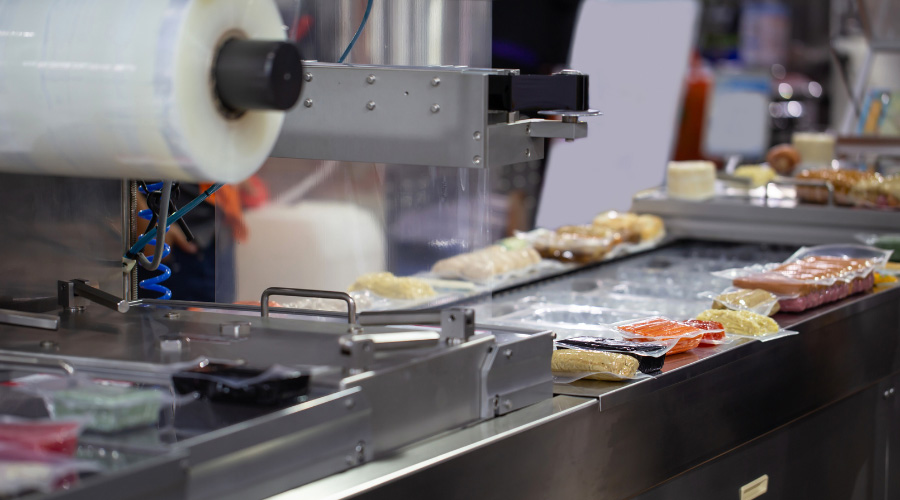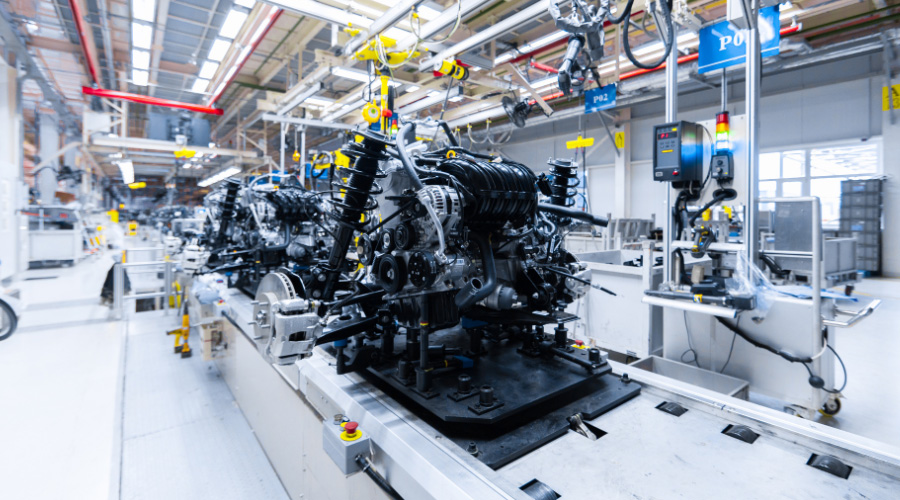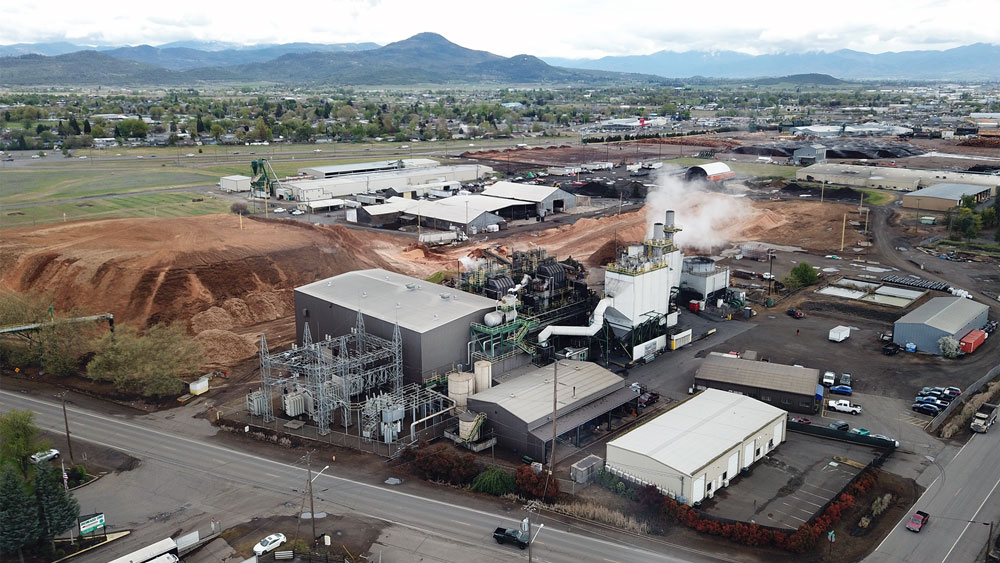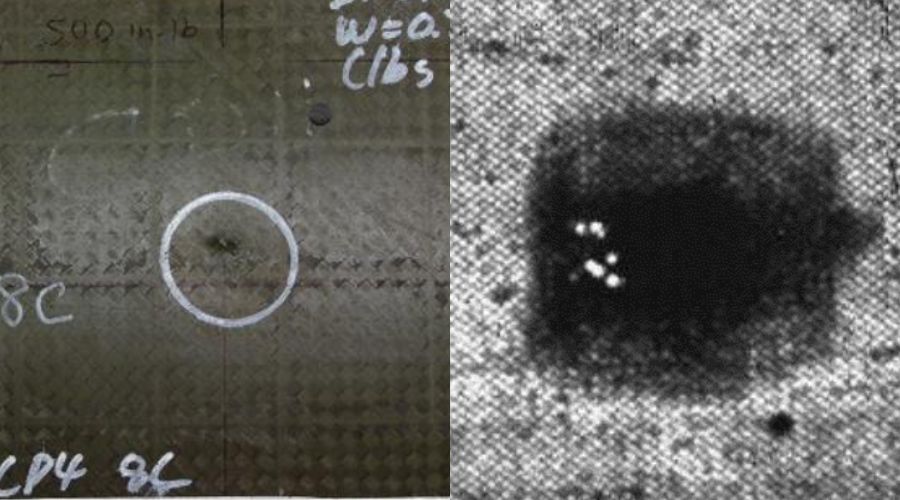
Glossary of Thermography Terms
Absorption
Amount of radiation absorbed by an object relative to the received radiation. A number between 0 and 1.
Ambient
Objects and gases that emit radiation towards the object being measured.
Atmosphere
The gases between the object being measured and the camera, normally air.
Autoadjust
A function making a camera perform an internal image correction.
Autopalette
The IR image is shown with an uneven spread of colors, displaying could objects as well as hot ones at the same time.
Blackbody
Totally non-reflective object. All its radiation is due to its own temperature.
Blackbody Radiator
An IR radiating device with blackbody properties used to calibrate IR cameras.
Calculated Atmospheric Transmission
A transmission value computed from the temperature, the relative humidity of the air, and the distance to an object.
Cavity Radiator
A bottle shaped radiator with an absorbing inside, viewed though the bottleneck.
Color Temperature
The temperature for which the color of a blackbody matched a specific color.
Conduction
The process that makes heat spread into material.
Continuous Adjust
A function that adjusts the image. The function works all the time, continuously adjusting brightness and contrast according to the image content.
Convection
The process that make hot air or liquid rise.
Difference Temperature
A value that is the result of subtraction between two temperature values.
Dual Isotherm
An isotherm with two color bands instead of one.
Emissivity
The amount of radiation coming from an object compared to that of a blackbody. A number between 0 and 1.
Emittance
Amount if energy emitted from an object per unit of time and area (W/m2)
Estimated Atmospheric Transmission
A transmission value, supplied by a user, replacing a calculated one.
External Optics
Extra Lenses, filters, heat shields etc. that can be put between the camera and the object being measured.
Filter
A material transparent only to some of the infrared wavelengths
FOV
Field of view. The horizontal angle that can be viewed through an IR lens.
FPA
Focal plane array: A type of IR detector
Graybody
An object that emits a fixed fraction of the amount of energy of a blackbody for each wavelength
IFOV
Instantaneous Field of View: A measure of the geometrical resolution of an IR camera.
Image Correction (Internal Or External)
A way of compensating for sensitivity differences in various parts of live images and also stabilizing the camera.
Infrared
Non-visible radiation, with a wavelength from about 2-13 microns.
IR
Infrared.
Isotherm
A function of highlighting those parts of an image that fall above, below, or between one or more temperature intervals.
Isothermal Cavity
A bottle-shaped radiator with a uniform temperature viewed through the bottleneck.
Laser LocatIR
An electrically powered light source on the camera that emits laser radiation in a thin, concentrated beam to point at certain parts of the object on front of the camera.
Laser Pointer
An electrically powered light source on the camera that emits laser radiation in a thin, concentrated beam to point at certain parts of the object in front of the camera.
Level
The center value of the temperature scale, usually expressed as a signal value.
Manual Adjust
A way to adjust the image by manually changing certain parameters.
NETD
Noise equivalent temperature difference. A measure of the image noise level of an IR camera.
Noise
Undesired small disturbances in the infrared image.
Object Parameters
A set of values describing the circumstances under which the measurement of an object was made and the object itself (such as emissivity, ambient temperature, distance etc.)
Object Signal
A non-calibrated value related to the amount of radiation received by the camera from an object.
Palette
The set of colors used to display an IR image.
Pixel
A picture element. One single spot in an image.
Radiance
Amount of energy emitted from an object per unit of time, area, and angle (W/m2/sr).
Radiant Power
Amount of energy emitted from an object per unit of time (W).
Radiation
The process by which electromagnetic energy is emitted by an object or gas.
Radiator
A piece of IR radiating equipment.
Range
The current overall temperature measurement limitation of an IR camera, Cameras have several ranges, which are expressed as two blackbody temperatures that limit the current calibration.
Reference Temperature
A temperature which the ordinary measured values can be compared with.
Reflection
The amount of radiation reflected by an object relative to the received radiation. A number between 0 and 1.
Relative Humidity
Percentage of water in the air relative to what is physically possible. Air temperature dependent.
Saturation Color
The areas that contain temperatures outside the present level/span settings are colored with the saturation colors. The saturation colors contain an “overflow” color and an “underflow” color. There is also a third red saturation color that marks everything saturated by the detector indicating that the range should probably be changed.
Span
The interval of the temperature scale, usually expressed as a signal value.
Spectral (Radiant) Emittance
Amount of energy emitted from an object per unit of time, area, and wavelength.
Temperature Range
The current overall temperature measurement limitation of an IR camera. Cameras can have several ranges. They are expressed as two blackbody temperatures that limit current calibration.
Temperature Scale
The way in which an IR image currently is displayed. Expressed as two temperature values limiting the colors.
Thermogram
Infrared image.
Transmission (Or Transmittance) Factor
gases and materials can be more or less transparent. Transmission is the amount of IR radiation passing through them. A number between 0 and 1.
Transparent Isotherm
An isotherm showing a linear spread of color, instead of covering the highlighted parts of the image.
Visual
Refers to the video mode of an IR camera as opposed to the normal, thermographic mode. When a camera is in video mode it captured ordinary video images, while thermographic images are captured when the camera is in IR mode.
About MoviTHERM:
MoviTHERM – Advanced Thermography solutions was founded in 1999. The company offers solutions for plastic welding, package sealing, and non-destructive testing. In addition, MoviTHERM provides IoT Cloud monitoring solutions for thermal imaging applications for early fire detection, machine condition monitoring, and other applications. MoviTHERM is a Teledyne FLIR Premium Partner and master distributor for FLIR Thermal Cameras for automation and science applications.


















